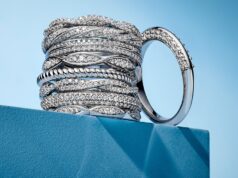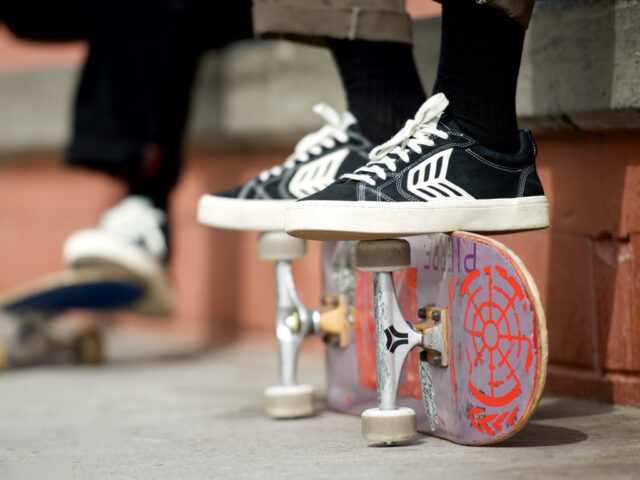
Shoes are an essential part of skateboarding. They must absorb impacts, protect the feet, and allow you to feel your board.
The shoelaces must also be strong and not easily ripped apart by skating forces. Skateboarders prefer vulcanized soles as they are thinner and have a better board feel.
Durability
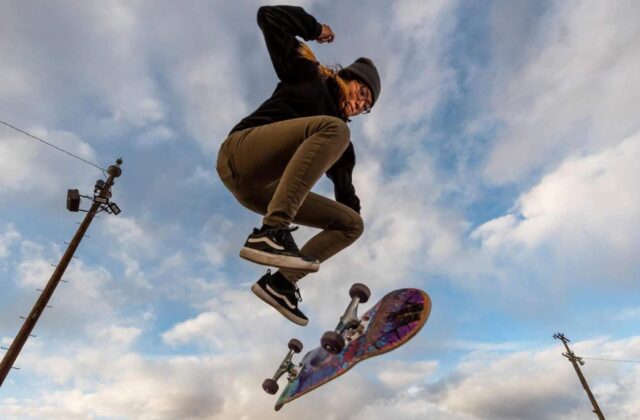
The shoes must be able to protect the skater in case of an accident, and they should have good gripping power on the board. Shoes with insufficient gripping power can cause injuries and make it difficult to perform tricks. Moreover, they should be lightweight. Skateboard shoes at Vans have different levels of protection and support depending on the type of shoe.
For example, some have protective toe caps while others do not. The toe caps are usually made from rubber, and they help extend the shoes’ lifespan. The protective toe caps can be used in different parts of the shoes, but they are usually placed at the toe area where it is most likely to rub against the grip tape when skaters do flip tricks.
In addition to the toe caps, there are other ways in which skaters can improve the durability of their shoes. One way is by using a high-abrasion coating on the shoes.
Another way is by adding extra padding to the shoes. The padding can be added in the areas most likely to rub against the grip tape during tricks.
Another critical factor in the durability of skate shoes is the sole. Two types of soles can be found on skateboard shoes: vulcanized and cup soles. Vulcanized soles are thin and provide much flexibility and board feel, but they can wear down faster than capsules.
Comfort
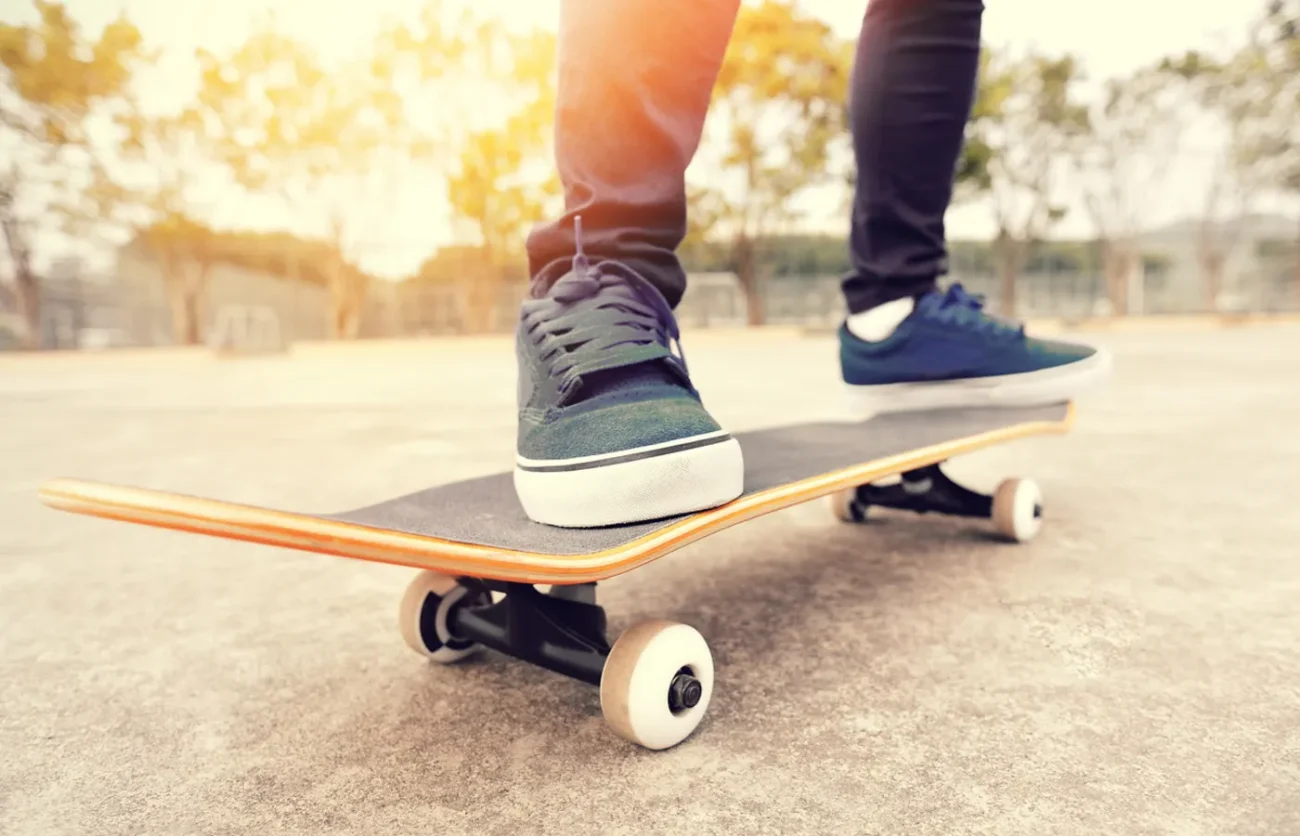
Comfort is a significant thing to consider for skateboarding shoes. If the shoes are too tight, it can cause blisters and other foot problems. It is best to find a pair that fits well with just a little extra space in front and on the sides.
Getting shoes with padded tongues and heel areas is also a good idea to avoid impact injuries and provide extra support. Skater shoes should have a sturdy rubber outsole for good board grip and absorb shock.
They should also have a herringbone or waffle tread pattern to improve the board feel. The sole can be thin or thick depending on the skater’s preference and style of skating. Thinner soles allow more board feel and are ideal for flip tricks but may require more padding. The midsole is another shoe component that can be either under or over the outsole and helps with board feel and impact protection.
Finding a cushioned midsole with good arch support for comfortable walking is essential. The toe cap of the shoes is what usually wears out first, so a durable rubber toe cap can lengthen the shoe’s lifespan. Some shoes also have high abrasion protection for the toe area for better durability.
Grip
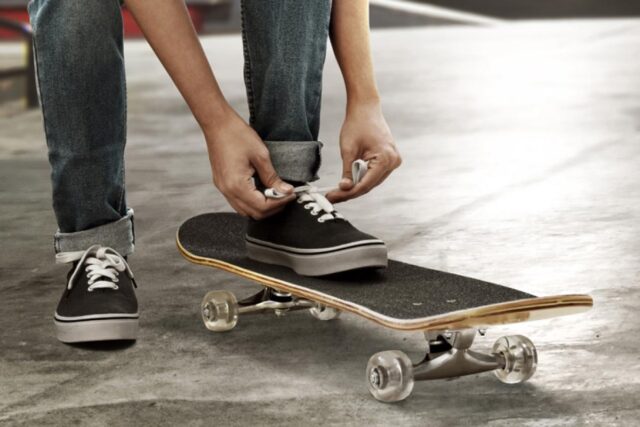
Skateboard shoes should have a good grip on the surface of the board. They also need to be comfortable to wear and not too tight so that you can perform tricks without slamming your feet on the board. The shoes should also have sturdy heel support and padding, as skaters put a lot of pressure on their heels when landing tricks.
Most skate shoe manufacturers use suede as the primary upper material because it is durable, affordable, and has a good texture for skating. Leather is also used; some brands look at eco-friendly and vegan options. The soles of skate shoes are usually either herringbone or waffle-type patterns.
The herringbone pattern provides excellent traction, while the waffle type provides more cushioning for heavy landings. Skate shoe manufacturers also add a rubber layer over high-wear areas of the shoe to extend the life of the shoes. Most skate shoes are low-cut, meaning they end below the ankle. This allows for maximum flexibility and agility, especially when doing flip tricks.
However, some skaters prefer a higher-cut model that ends slightly above the ankle because it helps with stability and can prevent laces from getting torn through by the board or rails.
Some skaters prefer shoes with a cup sole construction, which is a U-shaped piece of rubber that is glued to the top of the shoe and can be reinforced with additional cushioning such as gel, foam, or air pockets. This can offer additional comfort, particularly for heavier skaters or those with previous foot injuries.
Style
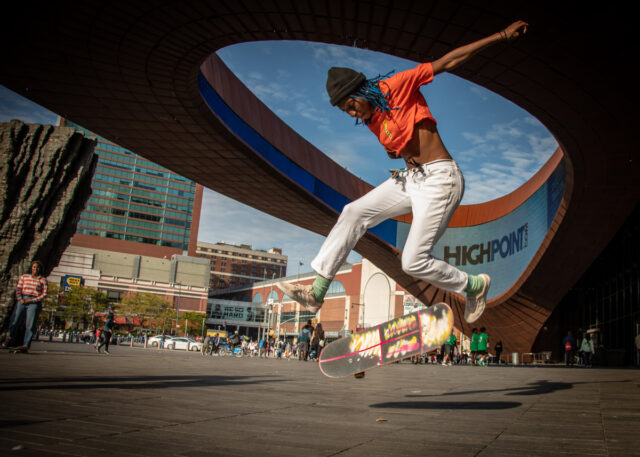
The insole and outsole are important for skate shoes because they come into contact with your board when you skate. A thicker insole is suitable for impact protection, but a thick sole will compromise the board feel, so it’s all about finding the right balance. The style of the shoe is also a big decision for skaters.
Some prefer puffy skate shoes, which are more comfortable and have more padding, while others like a sleeker deconstructed style. Suede is a favorite for many skaters because it’s rigid, flexible, breathable, and can help you feel your board better.
However, it is less durable than canvas and will wear down quickly in certain areas, such as the toe and ollie area above your little toe (the area you kickflip and heelflip). Many shoe companies add an extra layer under these critical spots to increase durability. Some shoes have a midsole between the insole and outsole and can be made of various materials, including EVA, foam, or gel.
A midsole is excellent for shock absorption, but a shoe with a midsole will be bulky and heavier. Some skaters are very particular about the size of their shoes, wanting them to fit perfectly. A snug fit is usually best, but some skaters like wiggle room in their shoes, especially in the front.


